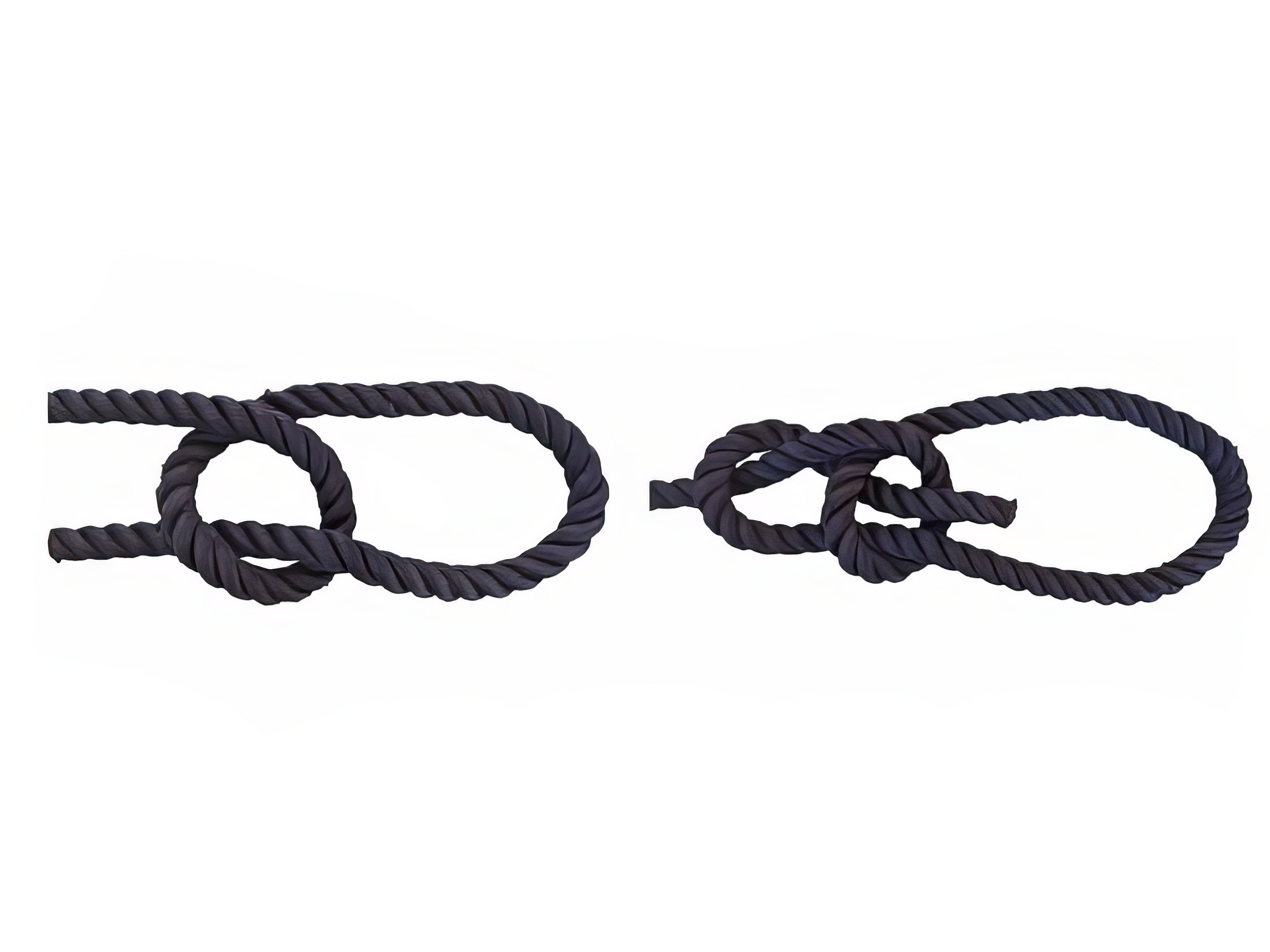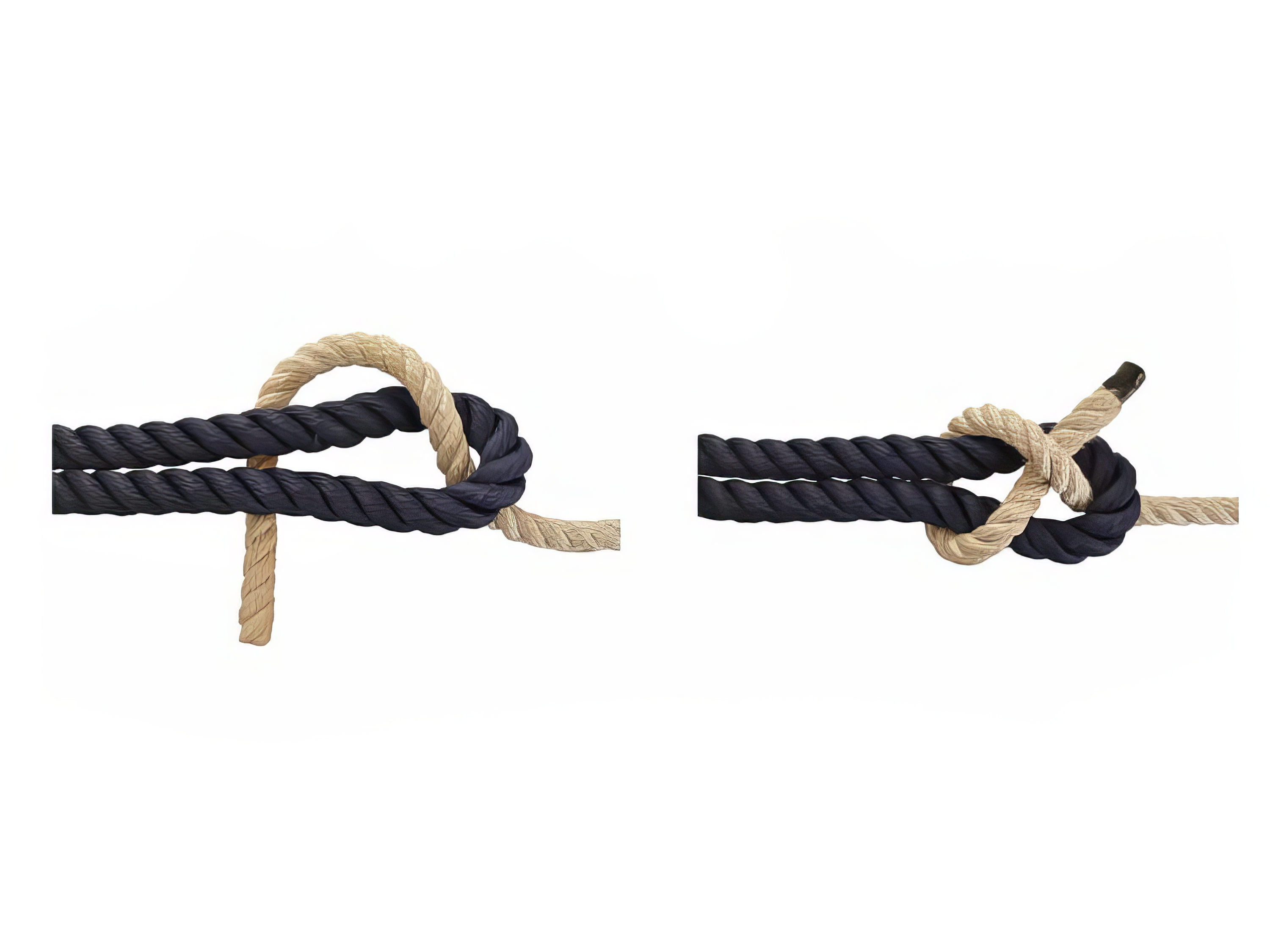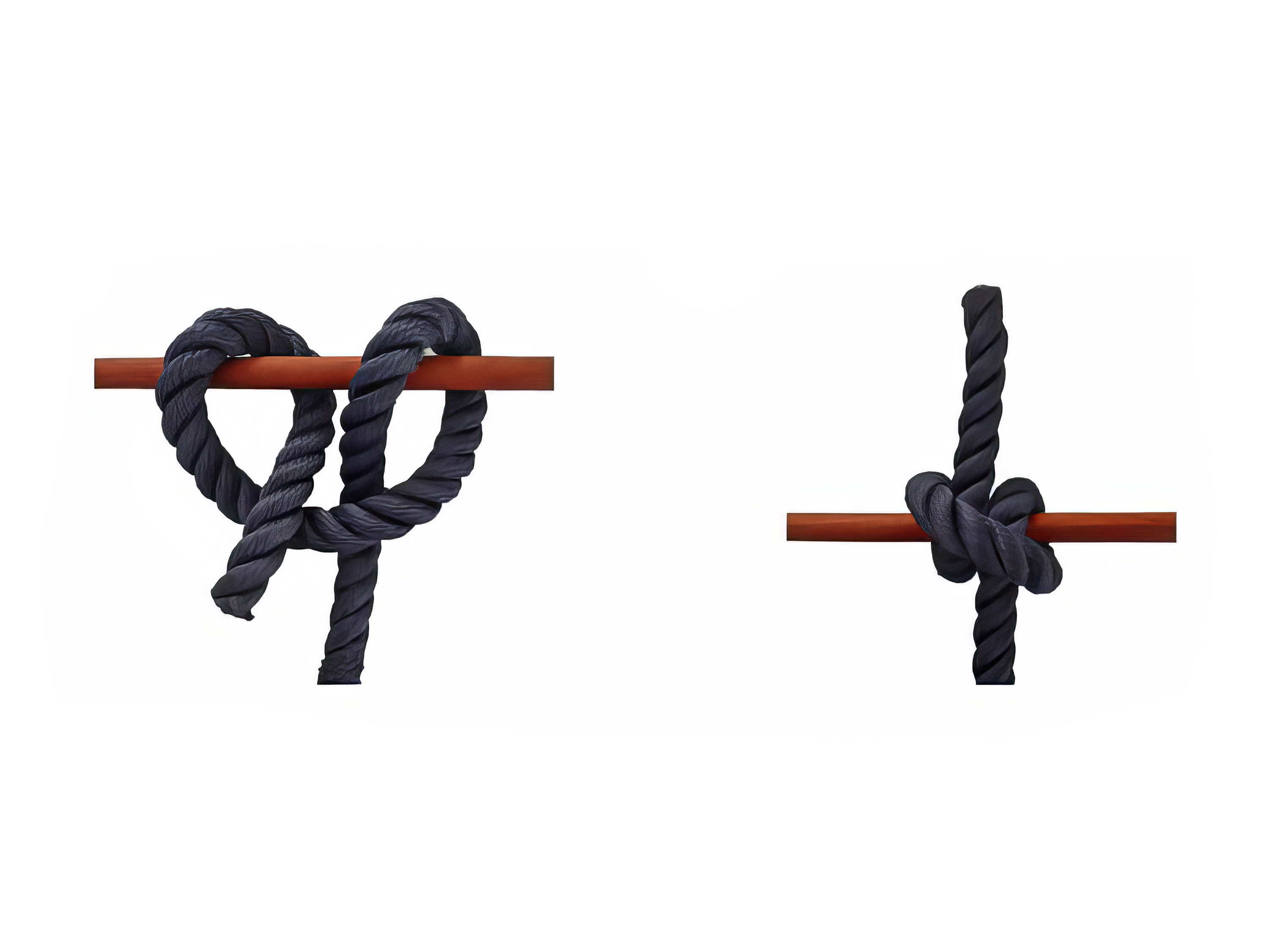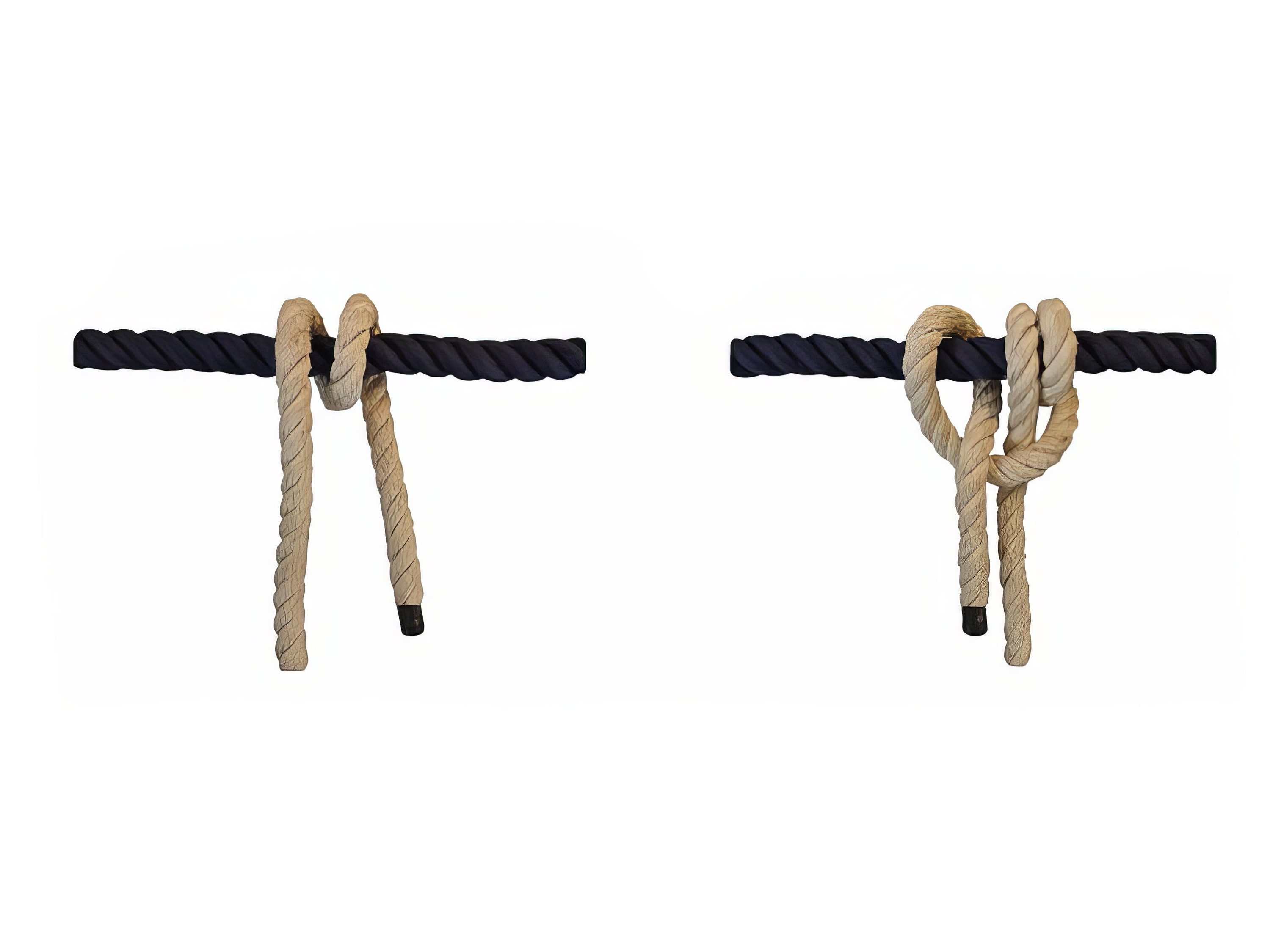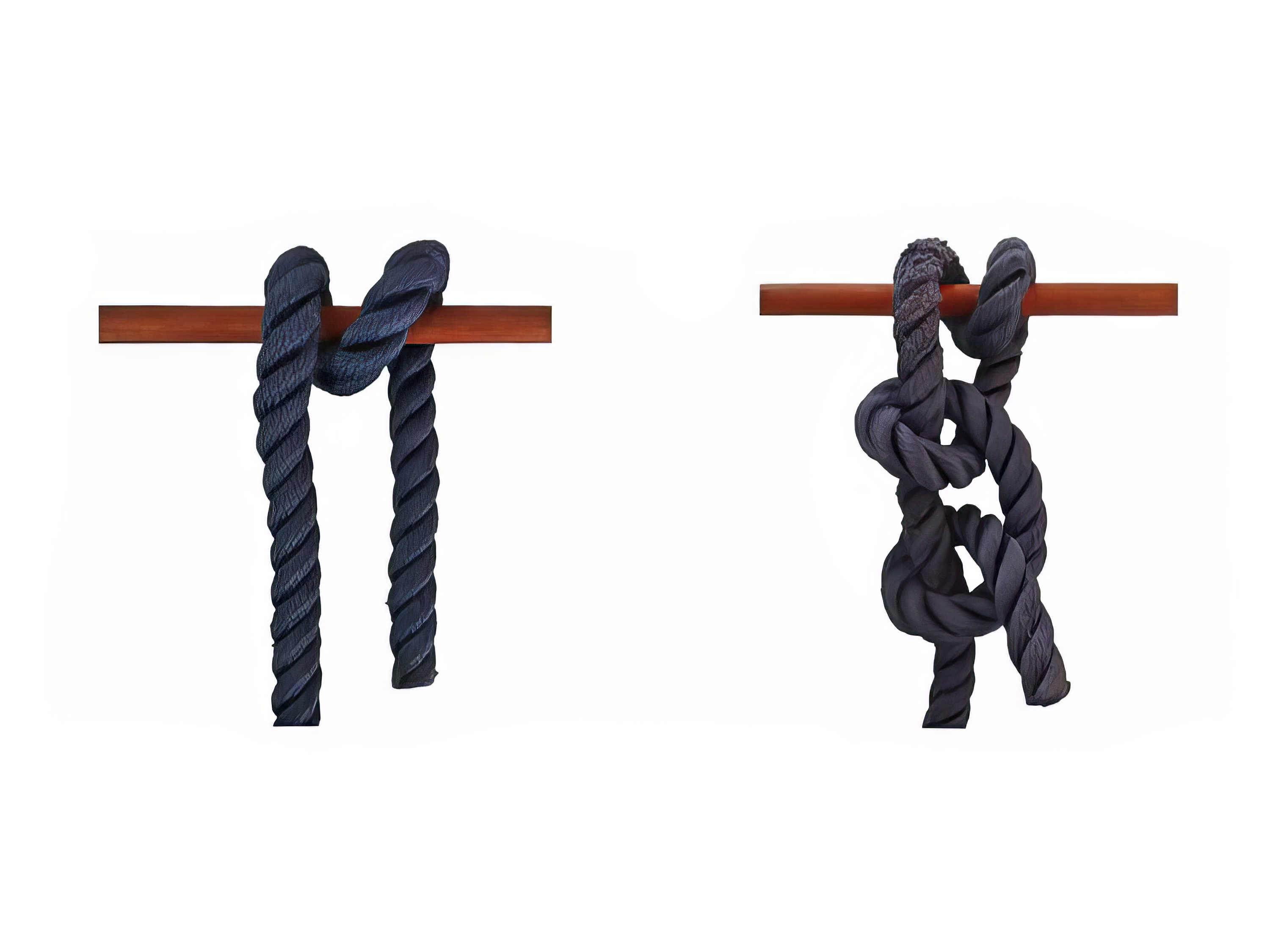NAUTICAL KNOTS
Yachting
Whether you are coming to a yacht for the first time or you are an experienced sailor, tying knots is a process that is done at the end of every sailing. A strong and safe knot is your best ally, no matter if you are docking in the harbor or anchoring. If you talk to experienced sailors, each of them will list, within a second, at least three to four knots that they use every day. To clear your doubts below is a list of a few basic nautical knots applicable in almost any condition.
BOWLINE
You will often hear that the** bowline** is the king of knots! If you are wondering why the answer is very simple - because it is used in countless situations on board. First of all, the bowline is an extremely strong knot and its main characteristic is that it will never slip or loosen. It is easy to tie and even easier to untie, and will never get stuck. So if you ever find yourself in a situation where you anticipate having to drive away quickly - be sure to strap on a bowline and you'll have no problems. If we had to point out only one most important application of this knot, it is certainly securing the rope when mooring a ship.
**SHEET BEND **
If you are not an experienced sailor, then this is another knot that we advise you to learn! The sheet bend is used in a variety of situations, but its most common function is for tying two ropes together. The end of one rope is passed through a loop of the other, is passed around the loop, and under its own standing part. It is suitable for most non-critical applications. For more security use the doubled version (Becket Bend) which is the same as the single version but with an extra coil around the standing loop.
CLOVE HITCH
Have you ever watched skilled sailors adjust the fender height in just one move? If you are mooring in the harbor or to another boat, the fenders are used to protect your vessel, and if you were wondering how best to tie them - the answer is a clove hitch. And while the good thing about this knot is that the length of the ropes can be adjusted without untying the knot, there is still the possibility that it can be untied. To secure yourself and make sure that your fenders will be safe, reinforce it further with two half knots.
ROLLING HITCH
Another knot that is more than useful in various situations. Rolling hitch is great for lateral tying to a horizontal pipe or fence. The point of this knot is that when the string is pulled to one side, it slides along the tube, but it cannot slide to the other side - instead, it holds firmly.
**ROUND TURN AND TWO HALF HITCHES **
Considering its name, this node does not need to be explained too much. It is used to tie the rope to a solid object - such as an anchor. Although its primary function is almost the same as the top knot, the difference is that you will find it very difficult to adjust the anchor knot without untying it. On the other hand, it is excellent because it can be untied very simply and quickly.
Once you've learned the theory part, it's time for practice. All you need are two pieces of rope and some goodwill. And before you get on the boat, don't forget – the best knots are those that are quick to tie, strong, and easy to untie.
Published: December 28, 2022
